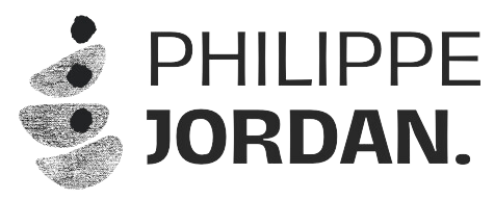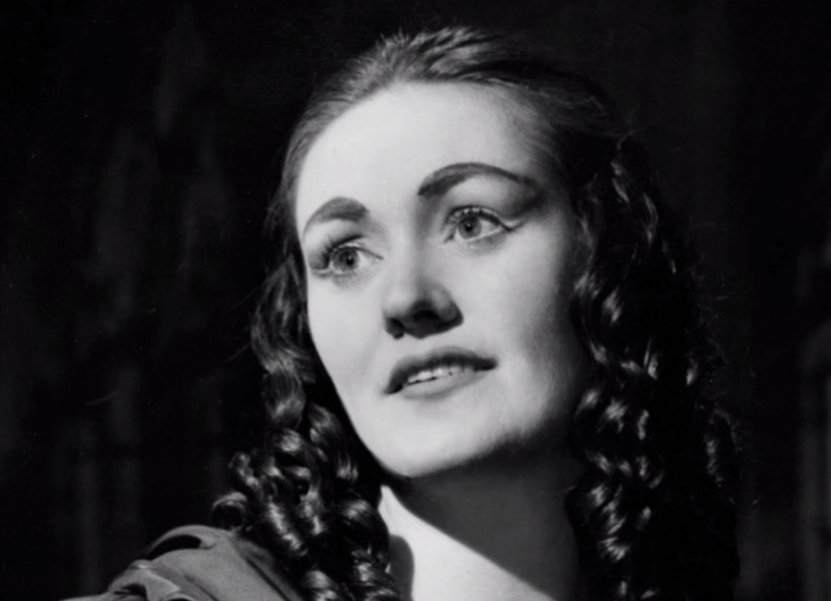The term “prima donna” is often heard in both the arts and everyday life, but what does it truly mean? Traditionally associated with opera, this Italian phrase has evolved over the years, coming to signify more than just a leading lady on the stage.
In this comprehensive exploration, we’ll talk about the historical roots of the term, its evolution in a cultural context, and its modern implications.
Historical Roots
The term “prima donna” originates from Italian, meaning ‘first lady’. Historically, it referred to the leading female singer in an opera company. This title wasn’t just a reflection of her role in the performance but also a status symbol, highlighting her importance and influence within the opera world.
The Golden Age of Opera
During the 18th and 19th centuries, opera experienced what many consider its Golden Age. This era saw the rise of legendary prima donnas like Maria Callas and Joan Sutherland. Their exceptional talent and commanding stage presence exemplified the quintessence of a prima donna.
They were renowned not only for their vocal prowess but also for their ability to convey deep emotions, captivating audiences worldwide.
Role and Influence
Prima donnas were more than just performers; they were trendsetters and icons of their time. Their influence extended beyond the opera house. They often set fashion trends and were the subjects of widespread admiration and critique.
Their roles were demanding, requiring not only exceptional singing skills but also the ability to act, emote, and engage with the audience on a profound level.
Cultural Evolution of the Prima Donna
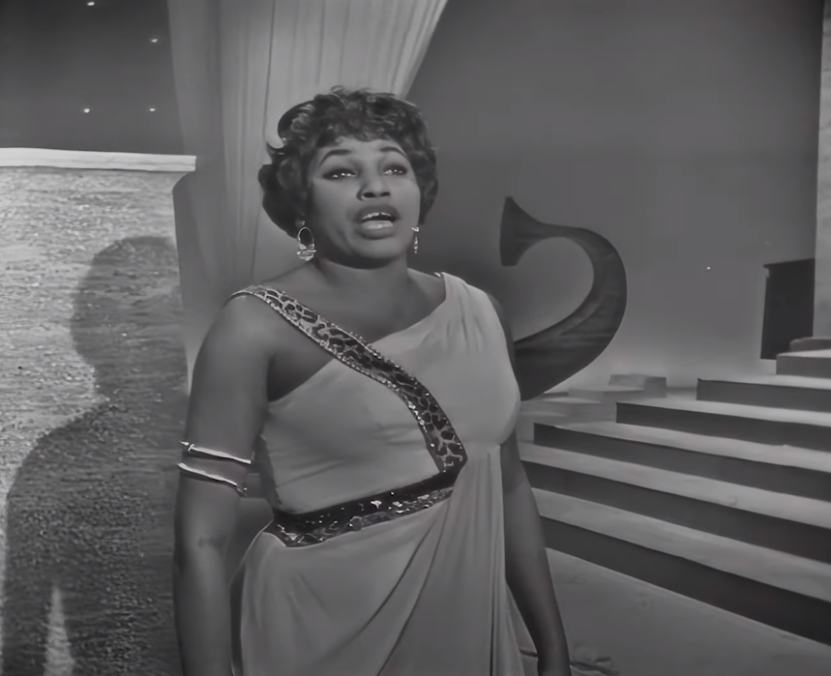
As the 20th century progressed, the term “prima donna” began to transcend the boundaries of opera. It started to be used more broadly to describe any leading lady in a performance, whether in theater, film, or music. This expansion reflected a shift in cultural perceptions, acknowledging the central role of women in various artistic domains.
In contemporary usage, ‘prima donna’ often carries a dual connotation. On one hand, it still signifies a woman who is at the pinnacle of her profession, showcasing excellence and leadership.
On the other hand, it has developed a negative connotation, used to describe someone who is overly demanding or difficult to work with. This dual usage reflects the complex dynamics of power, gender, and personality in the modern world.
The Positive Aspect
In a positive light, being labeled a prima donna in the modern context can be a badge of honor. It implies that a woman has reached the zenith of her career with unmatched skill and dedication.
In fields like music, theater, and even in corporate sectors, a prima donna is often the one leading the charge, breaking barriers, and setting new standards.
Role Models and Inspirations
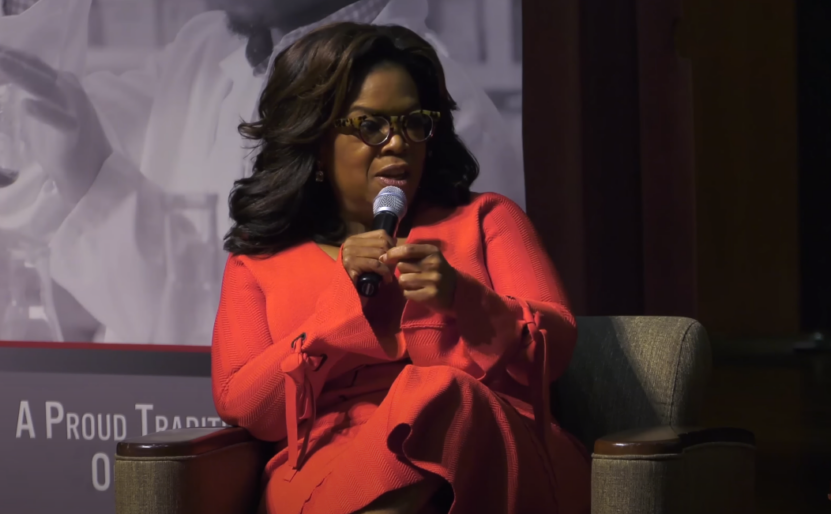
Today’s prima donnas serve as role models, inspiring the next generation of women to strive for excellence. They symbolize the possibility of reaching the pinnacle in one’s field, often in the face of adversity.
Women like Oprah Winfrey in media and Serena Williams in sports exemplify this modern interpretation of a prima donna – leaders and pioneers in their respective fields.
The Negative Connotation
However, the term also carries a less flattering connotation. It can imply a sense of entitlement or difficult behavior. This aspect of the term often surfaces in situations where a woman is seen as challenging the status quo or asserting her position.
Unfortunately, this negative perception sometimes reflects underlying biases against strong, assertive women in professional settings. The modern prima donna often has to navigate these stereotypes and biases.
While her achievements set her apart, they can also make her the subject of scrutiny and unfair expectations. This duality presents a complex challenge for women striving for success while maintaining their authenticity and authority.
Representation in Popular Culture
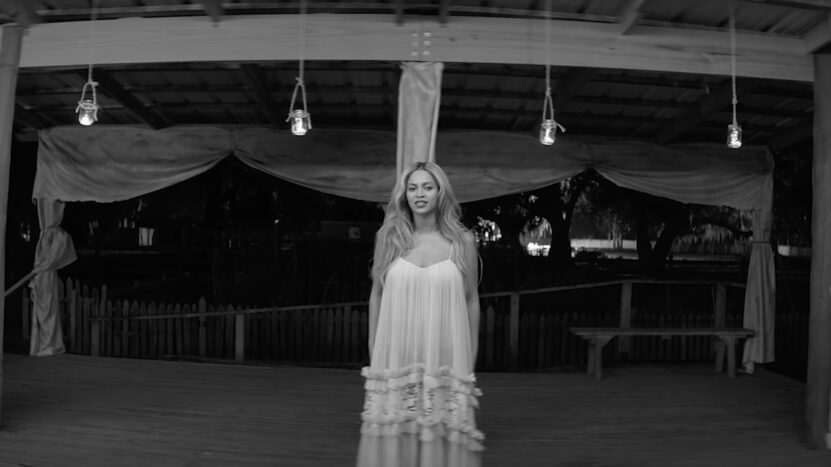
Literature and Film: Prima donnas have been a recurring theme in literature and film, often depicted as commanding and charismatic figures. In movies, they are portrayed both as inspirational figures and as overbearing personalities. These representations mirror society’s evolving views on powerful women and the stereotypes they often contend with.
Music: In the music industry, the term has been embraced by many female artists who exhibit strong personalities and exceptional talent. These artists often use their platform to challenge norms and push boundaries, much like their operatic predecessors. They embody the spirit of the prima donna through their artistic expression and public personas.
Impact on Public Perception
The way prima donnas are portrayed in media significantly influences public perception. Positive portrayals can help in normalizing the presence of strong, authoritative women in leadership roles. Conversely, negative portrayals can reinforce stereotypes and biases, making it harder for women to be taken seriously in high-powered positions.
In today’s society, the prima donna can be seen as a symbol of female empowerment. She represents the potential of women to lead and excel in their chosen fields. This aspect of the prima donna encourages a reevaluation of gender roles and the breaking of glass ceilings.
Challenges and Opportunities
Despite the challenges, being a prima donna in the modern world presents unique opportunities. It allows women to redefine leadership and success on their own terms. However, it also requires a balance – maintaining excellence and assertiveness while navigating societal expectations and biases.
FAQs
Has the term ‘prima donna’ been used historically to refer to men in any context?
Historically, the term ‘prima donna’ has been almost exclusively used to refer to women, particularly in opera. However, its male counterpart, ‘primo uomo’ or ‘primo tenore’, was used for leading male singers.
In modern slang, ‘prima donna’ is sometimes used gender-neutrally to describe anyone (regardless of gender) who exhibits demanding behavior or has a high opinion of themselves.
Are there any specific operas known for featuring notable prima donna roles?
Yes, several operas are renowned for their prima donna roles. For instance, ‘La Traviata’ features the iconic role of Violetta, ‘Tosca’ has the challenging role of Floria Tosca, and ‘Norma’ is famous for the role of the high priestess Norma.
These roles are benchmarks for sopranos and are often considered tests of a singer’s technical and emotional abilities.
How has the perception of prima donnas in the workplace evolved in recent years?
In recent years, there’s been a gradual shift in the perception of prima donnas in the workplace. While the negative connotations of being high-maintenance or difficult still exist, there’s increasing recognition and appreciation for strong, assertive women who lead with confidence and expertise.
This change reflects broader societal movements toward gender equality and empowerment.
Can the concept of a prima donna be applied to fields outside of the arts and entertainment?
Absolutely. The concept of a prima donna, particularly in its modern interpretation, can be applied to any field where there is a standout female leader or a highly skilled and influential woman. This includes areas like politics, academia, sports, and business.
The key aspects are excellence, influence, and a commanding presence in their respective fields.
Summary
In conclusion, the prima donna is a multifaceted term with a rich history and complex modern implications. From the opera stages to boardrooms and sports arenas, prima donnas continue to inspire and challenge societal norms.
Understanding the dual nature of this term helps in appreciating the achievements of women in leadership while recognizing the challenges they face in a changing world.
